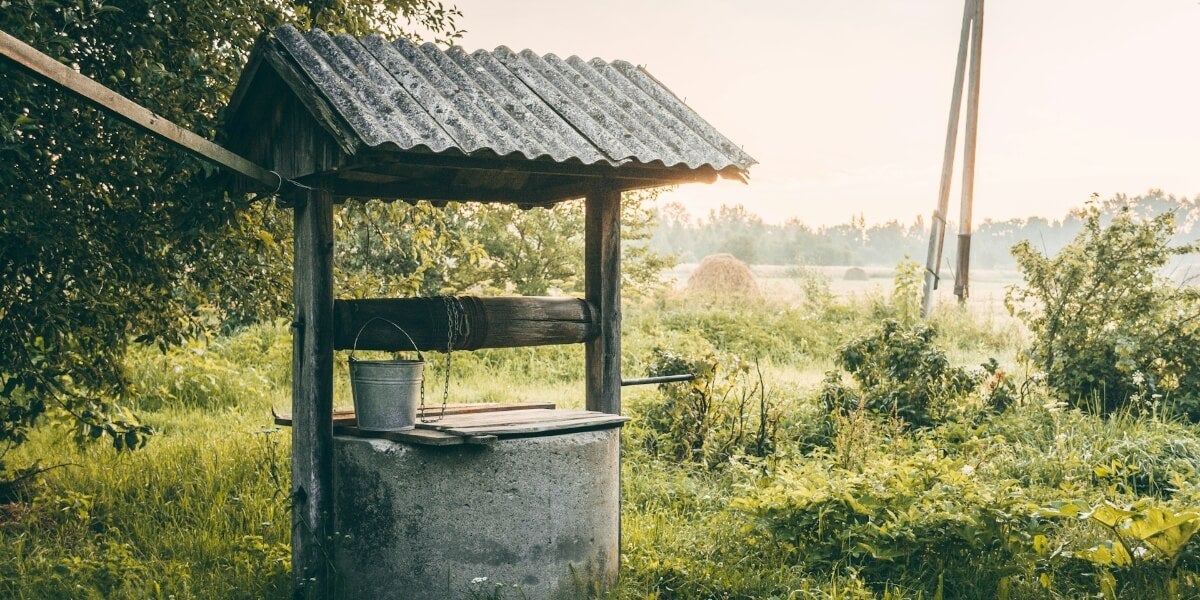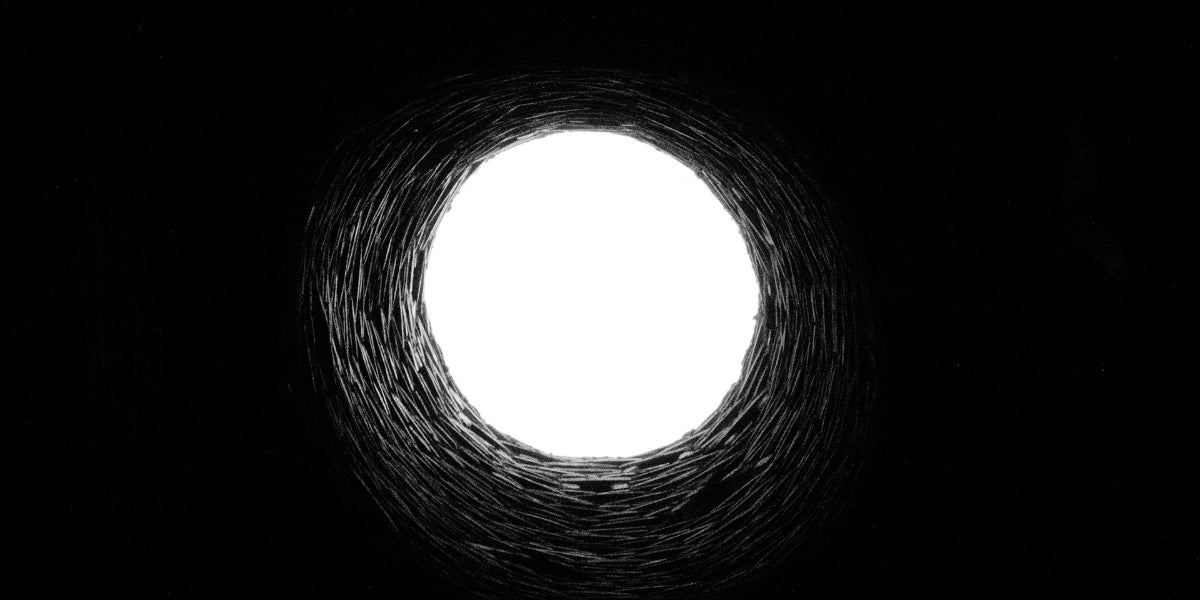Martin Banks 11.12.24

An at-home freshwater well has many benefits, from water supply reliability to increased property value and everything in between. If you want to build a well for yourself or your family, ensure you take the proper precautions when digging. With careful strategy and safety practices, you can avoid common challenges and create a well that lasts.
Homesteading Coverage on AllOutdoor
Challenges You Could Face Digging a Freshwater Well
Although highly beneficial, digging a well is not without risks. Before you begin, be aware of the following five challenges you could encounter.
1. Rocky Ground
The quality of the subsoil on which the well will be built plays a significant role in determining your project’s success. Rocky ground affects how much water soil can hold, impacting the quality of your well location. Rocks are hard and abrasive, making it difficult to dig into the area. Along with demanding more time to dig, rocks could damage your drilling equipment, costing you money and delaying your process.
2. Hole Deviation
If you encounter uneven rock formations or materials while digging, your drilled hole could veer off course, causing hole deviation. Deviation could impact your desired target depth and location and misalign the drilling trajectory.
3. Construction Errors
Many factors can influence your digging process, including construction equipment. If you dig with inadequate construction tools or they break down on-site, your water well could fail. Construction delays and machinery failures could also impede the process, costing time and money.
4. Improper Drilling Fluids
Problems with drilling fluid, also known as drilling mud, can affect digging efficiency and wellbore stability. The fluids are specially designed mixtures that aid cooling and lubrication, cuttings removal, pressure control, borehole stability and more. With the proper ratio and addition of polymers, you could avoid problematic changes in viscosity and contamination.
5. Blowouts
When digging your well, ensure you know the ins and outs of the location to avoid problems like blowouts, which can occur by drilling through shallow gas zones.
Shallow gas zones are geological formations that hold natural gas. If you drill into one of these zones, natural gas could leak into the wellbore, resulting in potential equipment damage and safety risks.
Tips to Avoid Digging Problems in your Freshwater Well
You can do many things to prevent digging errors and build a successful water well. For maximized efficiency and potential, prepare before you begin drilling with the following tips.
1. Choose the Right Water Pump
When building your at-home well, you want to ensure you use a freshwater pump. These pumps move water from underground reservoirs to the surface and into your home. The most common types of freshwater pumps are submersible, jet and centrifugal pumps.
While you can use any of these options for your well, jet pumps are the most versatile. They are suitable for deep and shallow wells, accommodating your needs easily. Certain jet pumps can pump water from depths of up to 100 feet, making them the perfect choice for water wells.
2. Use Proper Equipment
Using the right tools is important to the success of any project, including well digging. Before you begin, ensure you have the right equipment for the job. For a water well, you need the following:
- Drilling rig: Drilling rigs are used for both large-scale projects and individual well digging. They can be rotary or cable tools that dig into the earth’s subsurface.
- Drilling bits and pipes: Bits are attached to the ends of drill pipes and used to cut through the ground. Various types of bits are used depending on the ground’s condition.
Although proper machinery is necessary for your job success, tools are also vital to your safety. To ensure your protection, keep a first aid kit, a tactical headlamp to help you see and a form of communication so people can get to you if needed. If your well is in an area without service, you can use a two-way radio to establish communication while off the grid.
3. Make an Informed Siting
Just because an area looks good doesn’t make it an appropriate well location. Proper siting measures must be taken before selecting a digging spot. This includes studying the area’s geology, finding the approximate depth of the water table, recording the distance between the sites, noting possible contaminants and more.
4. Run Maintenance Checks
Make sure all of your equipment works before setting out to dig your well. Regularly checking your machinery ensures your pumps, drills and other tools work correctly, which can save you time and money — and improve water quality.


Dig Your Freshwater Well the Right Way
For a safe and efficient, well-digging process, understand what challenges may arise on the job so that you know what to expect and how to respond. Using proper equipment and following these tips can help you create an effective water well that lasts.
